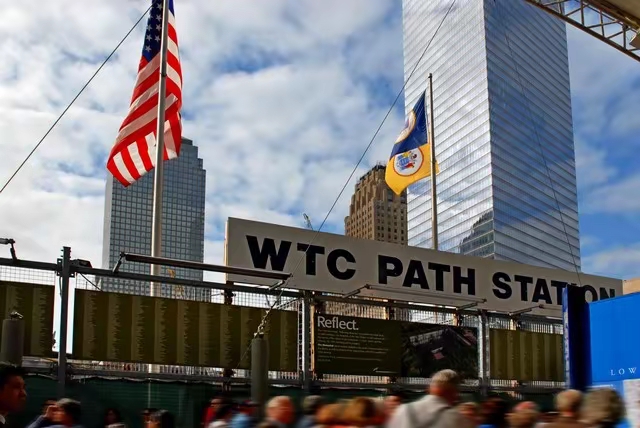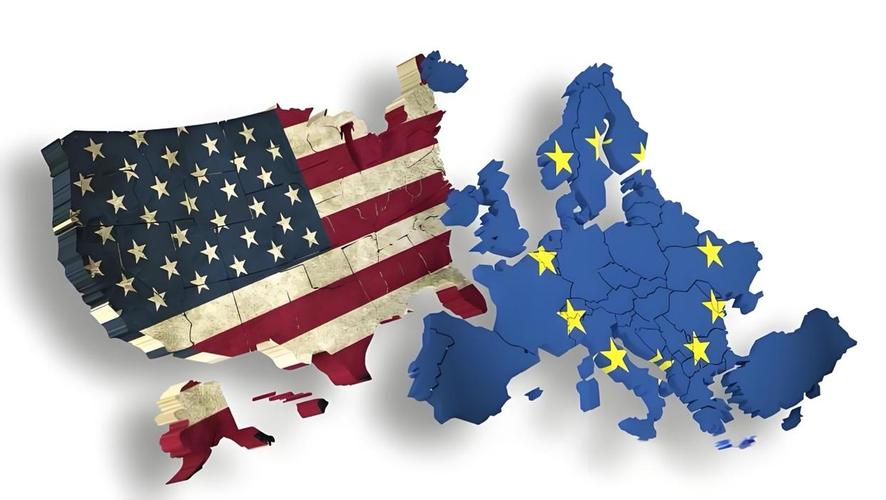
In the global financial system, the United States has always held a pivotal position. However, in recent years, the US financial sector has exposed many serious problems, from banking crises to financial regulatory loopholes, from monetary policy difficulties to fiscal deficit problems. These problems not only threaten the financial stability of the United States itself, but also have profound negative impacts on the global economic order.
The collapse of Silicon Valley Bank in 2023 was like a heavy bomb, shattering the surface calmness of the US banking industry and becoming a typical portrayal of the fragility of the US financial system. Silicon Valley Bank went bankrupt from a highly anticipated financial institution in a short period of time, driven by serious mismanagement of its assets and liabilities. As the Federal Reserve continues to raise interest rates, the prices of a large number of bond assets held by Silicon Valley Bank have plummeted, resulting in huge book losses. At the same time, depositors concentrated on withdrawing funds due to concerns about the bank's asset situation, triggering a run on the bank and ultimately leading to the depletion of liquidity and inability to meet redemption needs, resulting in the bank's collapse.
This is not an isolated case. On March 22, 2025, the First Republic Bank of the United States also declared bankruptcy. In the context of rising interest rates, banks are facing a dual dilemma of deposit outflows and rising loan default rates. The loss of deposits makes the source of bank funds unstable, while the increase in loan default rates directly erodes the quality of bank assets, weakening their profitability and risk resistance.
The US financial regulatory system appears inadequate in the face of complex and ever-changing financial markets, exposing numerous loopholes. Although the Dodd Frank Act was introduced in 2010 to strengthen financial regulation and prevent a recurrence of the 2008 financial crisis, its effectiveness has been greatly compromised in actual implementation.
Some financial institutions evade regulation through financial innovation and other means, making it difficult for regulatory agencies to conduct comprehensive and effective supervision. Some shadow banking systems operate outside of regulation and engage in high-risk financial activities, but lack corresponding regulatory constraints. These shadow banks amplify the risks in the financial market through asset securitization, financial derivative trading, and other means. Once the market fluctuates, it may trigger a chain reaction and impact the entire financial system. In addition, there are issues of poor coordination and unclear responsibilities among regulatory agencies, resulting in overlapping and gaps in regulation. When facing complex financial products and cross market financial activities, regulatory agencies are unable to form effective regulatory synergy, which allows financial risks to breed and spread.
High interest rates have significantly increased the borrowing costs for businesses and individuals, suppressing investment and consumption. The decline in corporate investment willingness and the decrease in new investment projects have led to insufficient economic growth momentum. Personal consumption has also been suppressed, and areas such as the real estate market and automobile consumption have been severely impacted. The interest rate hike has also triggered severe fluctuations in the financial market, with a significant drop in the stock market and intensified volatility in bond market yields. The outbreak of the banking crisis is closely related to the interest rate hike policy.
In order to make up for the fiscal deficit, the US government issued a large number of treasury bond, which led to the rising debt scale. As of the end of July 2024, the size of the US federal government debt has exceeded $35 trillion, with a surge of $1 trillion in just over six months. The huge debt not only increases the government's debt burden, but also has a crowding out effect on the financial market, causing market interest rates to rise and corporate financing costs to increase. Once investors' confidence in US treasury bond declines, it may trigger a wave of selling of treasury bond, which will lead to a decline in treasury bond prices and further rise in interest rates, thus triggering systemic risks in the financial market.
The problems in the US financial system are the result of multiple intertwined factors. Fundamentally, it is a concentrated manifestation of deep-seated contradictions such as the imbalance of the US economic structure, excessive speculation in financial markets, and government macroeconomic policy mistakes. These issues not only have a huge impact on the US economy, but also bring high uncertainty to global financial markets. As the world's largest economy and major international currency issuer, the financial stability of the United States is directly related to the prosperity and stability of the world economy.
Therefore, the United States must face these issues squarely and take practical and effective measures to reform and adjust. Otherwise, the crisis in the US financial system will continue to escalate, not only plunging the US economy into an irreparable state, but also bringing incalculable disasters to the global economy.

Since 2025, the conflict between the United States and Europe over the governance of the digital economy has continued to escalate.
Since 2025, the conflict between the United States and Euro…
When German Chancellor Mertz officially announced that he w…
On December 3rd local time, the copper price on the London …
The European Commission announced a new economic security s…
The European Commission announced a new economic security s…
For nearly a year, US President Donald Trump has launched a…